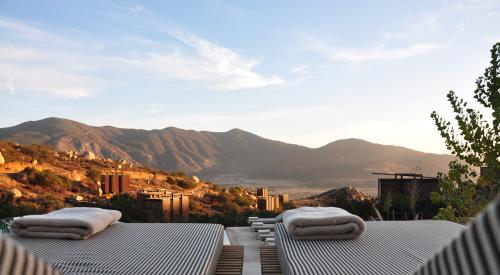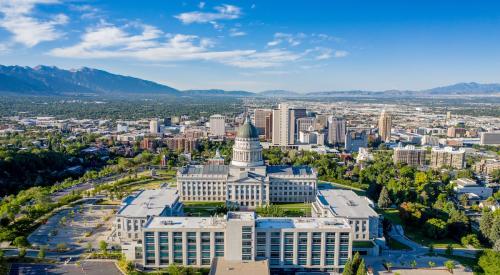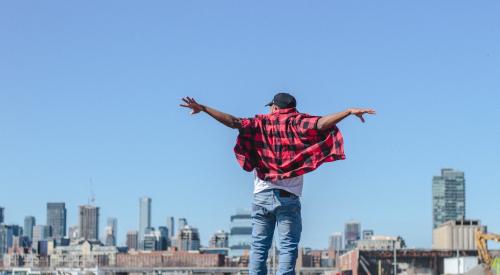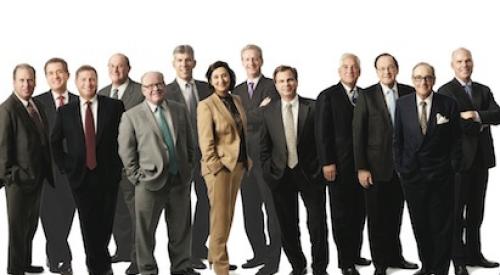The 2010s was a tale of two markets: The regular housing market was decimated at the beginning of the decade, and homebuyers are still feeling the effects as the average American struggles to find an affordable home. The other market of upscale, luxury homes took a different path. When it rose out of the rubble of the Great Recession, it reached a level of success that it had never seen before—in 2019, six homes closed at over $100 million, which is double the price of the highest sale in 2010. Rich enough to weather economic storms, the uber-wealthy spent the decade buying increasingly lavish houses with home theaters, shark tanks, night clubs, and private spas built right into the home.
At the dawn of this decade, the U.S. was reeling from a real-estate crash and the worst
economic downturn since the Depression. Home prices in some regions were starting to recover, but it seemed impossible that values would return anytime soon to their dizzying boomtime highs.
Few could have predicted that within a few years, the luxury market would not only recover but reach a staggering new height. A tidal wave of global wealth poured into U.S. real estate after the 2007-09 recession, creating in the 2010s a new segment of the market: ultra-luxury homes targeted at the global billionaire elite.
Pricier and more lavish than anything that came before them, these homes had outsized amenities such as commercial-grade hair salons, hotel-worthy spas and home theaters with concession stands. As the extreme became commonplace, homeowners began to add more attention-grabbing features, such as shark tanks and private nightclubs.
Meanwhile, luxury-condominium buildings grew taller than ever. Standing 1,550-feet high with 131 stories, Central Park Tower in Manhattan is now the tallest residential building in the world.
Today, because so many buyers are wealthy enough to withstand the most severe economic swings, this new sector largely acts independently from the broader real-estate market. So while the number of sales are falling in many luxury markets across the country, six homes in the U.S. have closed for $100 million or more so far in 2019—the highest number for a single year. In 2010, there were none. That year, the highest sale price was $50 million (plus about $2 million of furnishings) for Le Belvedere, a Bel-Air mansion with a swan pond and a ballroom that could seat more than 200 people.













